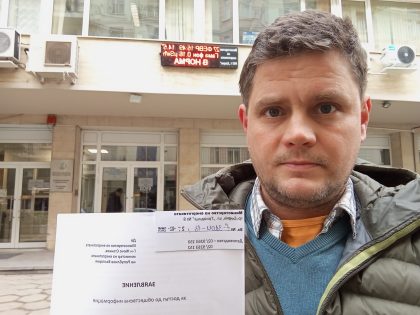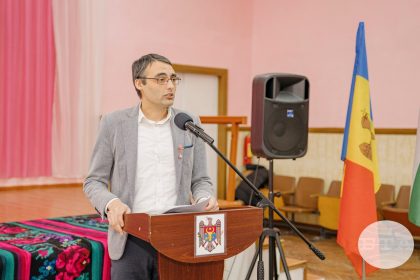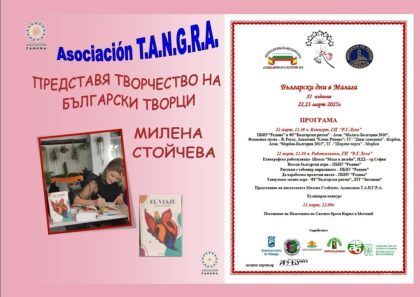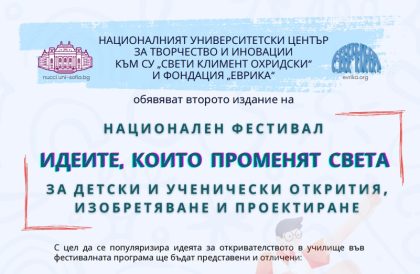by Nathaniel T. Jeanson, Ph.D.*

ICR’s BioOrigins team is entering a new, exciting phase of investigation. In August, we will present several preliminary research advances at the Creation Research Society (CRS) conference. This represents an important step forward in our current biology research initiatives.
To date, we have made significant progress toward answering the four major research questions that we described over four years ago.1-5 For example, Dr. Jeffrey Tomkins has found that the supposed human chromosome 2 “fusion site” actually sits in the middle of a gene and encodes a functional domain, effectively refuting the pervasive evolutionary idea that humans and chimps share a common ancestor.6 He has also discovered that the actual overall genetic similarity between humans and chimpanzees is not 98-99% as is frequently claimed but rather only 70%, a genetic gap far too large to be bridged even in the six million years of evolution that secular scientists commonly invoke.7 Additionally, Dr. Tomkins has investigated and rejected several of the “junk DNA” icons, and he is now in phase two of each of these projects.8,9
While Dr. Tomkins has focused intensely on genetics of the human–great ape branch, I have been reevaluating the mitochondrial DNA evidence for large swaths of the purported evolutionary tree of life for all animals. We now have a creationist explanation for one of the toughest evolutionary challenges from genetics, and the results of this research have developed a new venue in which to compare evolution and creation head-to-head.10
Good research always leads to more questions, and we told you last April about some of the new areas we’re investigating in addition to our original four questions.11 Since then, I’ve discovered a novel answer to one of these questions,12 and the success of this genetic argument for recent creation has led to preliminary answers for the remaining questions of species’ post-Flood geography, the mechanism of post-Flood speciation, and post-Flood extinction. I’ll be presenting my initial findings on these topics at the CRS meeting as well.
What about the few original research questions that we haven’t yet explicitly addressed, such as finding new methods to identify the “kind” boundary of ancestry?2 What about finding the mechanism that limits evolutionary change?5 What about the origin of predation?11
All of the research that we’ll present this August has implications for these questions and will bring us one step closer to finding answers. The CRS meeting fulfills a vital role in the research process: peer review.13 While the exchange of scientific ideas at the meeting is primarily oral rather than written, it constitutes an invaluable critique of preliminary ideas so that future research can move forward in the right direction.
By the way, ICR’s BioOrigins team won’t be ICR’s only representative at CRS. Our physical scientists will also present their latest findings on the geological implications of Noah’s Flood and on whether the solar system occupies a special position in the universe. Expect to hear exciting news from the science team in the future!
References
1.Jeanson, N. 2010. New Initiatives in Creation Research. Acts & Facts. 39 (4): 6.
2.Jeanson, N. 2010. New Frontiers in Animal Classification. Acts & Facts. 39 (5): 6.
3.Jeanson, N. 2010. Common Ancestry and the Bible—Discerning Where to Draw the Line. Acts & Facts. 39 (6): 6.
4.Jeanson, N. 2010. The Impetus for Biological Change. Acts & Facts. 39 (8): 6.
5.Jeanson, N. 2010. The Limit to Biological Change. Acts & Facts. 39 (7): 6.
6.Tomkins, J. 2013. Alleged Human Chromosome 2 “Fusion Site” Encodes an Active DNA Binding Domain Inside a Complex and Highly Expressed Gene—Negating Fusion. Answers Research Journal. 6: 367-375.
7.Tomkins, J. 2013. Comprehensive Analysis of Chimpanzee and Human Chromosomes Reveals Average DNA Similarity of 70%. Answers Research Journal. 6: 63-69.
8.Tomkins, J. 2013. The Human Beta-Globin Pseudogene Is Non-Variable and Functional. Answers Research Journal. 6: 293–301.
9.Tomkins, J. 2014. The Human GULO Pseudogene—Evidence for Evolutionary Discontinuity and Genetic Entropy. Answers Research Journal. 7: 91-101.
10.Jeanson, N. 2014. New Genetic Findings Tackle the Toughest Evolutionary Questions. Acts & Facts. 43 (3): 18-20.
11.Jeanson, N. 2013. ICR Life Sciences Research: Three Years in Review. Acts & Facts. 42 (4): 9.
12.Jeanson, N. 2014. New Genetic-Clock Research Challenges Millions of Years. Acts & Facts. 43 (4): 5-8.
13.Lisle, J. 2014. The Biblical Basis for Peer Review. Acts & Facts. 43 (7): 9.
* Dr. Jeanson is Deputy Director for Life Sciences Research and received his Ph.D. in Cell and Developmental Biology from Harvard University.
Cite this article: Nathaniel T. Jeanson, Ph.D. 2014. New Findings Presented at Creation Research Society Conference. Acts & Facts. 43 (8).






